Street to studio: a new book charts the evolution of street art

Rafael Schacter’s colourful new tome take us inside the studios of 40 artists from across the globe who began their work on the streets. Street to Studio celebrates the 50th anniversary of ‘modern graffiti’, which the London-based anthropologist and curator determines has its roots in New York in the late 1960s.
Those 50 years, he writes, have seen street art develop from a ‘subcultural preserve of adolescents and outsiders’ to an ‘ubiquitous “image regime” and arguably the world’s most practised art form’. In the past decade, street art has gradually been accepted by society, yet in fact it remains in a ‘radically reduced, disorientated position’ and inhibited by reductive misrepresentations – the ‘art versus vandalism’ debate. ‘It is simultaneously admired and abhorred, revered and renounced, desired and disdained,’ says Schacter.
To wit, the next chapter of modern graffiti requires new parameters of sophistication. Schacter takes the lead on theorising it as a movement. The artists he has selected are ‘taking the essence of graffiti – its visual principles, its spatial structures, its technical methods, its entrenched ethics – and reinterpreting them within the studio domain’. He defines this studio based form of street art as ‘intermural art’ – with a literal translation of ‘art in-between the walls’ which occupies a ‘liminal position, between inside and out’. It’s a movement that occupies a juncture between graffiti and contemporary art.

A spread from Street to Studio featuring the work of Indonesian artist Eko Nugroho
Once a genre associated with rebellion and protest, street art has been sucked up into cities to become Instagram fodder. Cameras have overtaken our cities and ‘murals are like a dish of food’, writes culture critic Carlo McCormick in the introduction of the book. ‘Yet the studio is a different place, time is endless and so are materials, colours,’ he continues. The process of the book takes the performative act of making street art, and reroutes it back to the studio – acknowledging ‘studio practice as part of the process’.
The decades of the 1970s and 80s in NYC, are recognised as the ‘golden age of NYC graffiti’ – fueled by the new canvases of mass transit systems. ‘First wave pioneers’ include Basquiat, Scharf or Rammellzee, then those influenced by graffiti in their work such as Sol LeWitt, Gordon Matta Clark, Elizabeth Murray, Christopher Wool, Katharina Grosse, Jenny Holzer, and Barbara Kruger.
The book noticeably forgoes a single mention of the much-maligned artist Banksy, yet other figures such as the political and personable Haring and art world darling KAWS are profiled across the pages. There’s plenty of intriguing artist oeuvres to delve into, among them Brooklyn-based musician and painter Eddie Martinez’s abstract expressonist style peeling canvases; Alicia McCarthy’s mixed-media musings; Evan Roth’s open source activist images; and Swoon’s socially-inspired drawings.
Schacter addresses some limitations: there are only four female artists among the 40, which apparently mirrors the ‘inherent gender bias within graffiti’, an unbacked claim. He also recognises the majority of artists as being European and American because, according to Schacter, graffiti first emerged in these areas. Yet these arguments sound like those of outdated art history textbooks from the last century that are currently being addressed and rebalanced 100 years later.

CLEAN SLATE, 2014, and SURVIVAL MACHINE (detail), 2015, both by KAWS, installation view at Yorkshire Sculpture Park. Courtesy of the artist and YSP. Photography: Jonty Wilde
Yet, like most virgin manifestos, the first one is limited by its need for definition of parameters and boldness to strike out alone – to hurl a new term into the saturated lexicon. And that’s how a discourse unfolds, opening up the critical dialogue around modern graffiti and intermural art that Schacter so craves.
While lamenting back and forth upon a public misrepresentation of graffiti in culture, we don’t hear much about its development over those 50 years other than the New York scene – or the shift in terminology from graffiti to street art. Yet, flick to the quietly numbered footnotes stored at the back of the book for these factual details, that show Schacter has much more knowledge to give than an introduction allows.
It’s through the profiles of each artist that we gain a wider understanding of what modern graffiti really is. The site-specific movements and groups within which the artists each established their practices unfold into a global mapping of intermural art. A wider sense of what Schacter describes with gusto in his opening manifesto is developed and the reader will understand how multi-faceted and layered this practice is.



INFORMATION
Street to Studio, £35, published by Lund Humphries
Wallpaper* Newsletter
Receive our daily digest of inspiration, escapism and design stories from around the world direct to your inbox.
Harriet Thorpe is a writer, journalist and editor covering architecture, design and culture, with particular interest in sustainability, 20th-century architecture and community. After studying History of Art at the School of Oriental and African Studies (SOAS) and Journalism at City University in London, she developed her interest in architecture working at Wallpaper* magazine and today contributes to Wallpaper*, The World of Interiors and Icon magazine, amongst other titles. She is author of The Sustainable City (2022, Hoxton Mini Press), a book about sustainable architecture in London, and the Modern Cambridge Map (2023, Blue Crow Media), a map of 20th-century architecture in Cambridge, the city where she grew up.
-
 All-In is the Paris-based label making full-force fashion for main character dressing
All-In is the Paris-based label making full-force fashion for main character dressingPart of our monthly Uprising series, Wallpaper* meets Benjamin Barron and Bror August Vestbø of All-In, the LVMH Prize-nominated label which bases its collections on a riotous cast of characters – real and imagined
By Orla Brennan
-
 Maserati joins forces with Giorgetti for a turbo-charged relationship
Maserati joins forces with Giorgetti for a turbo-charged relationshipAnnouncing their marriage during Milan Design Week, the brands unveiled a collection, a car and a long term commitment
By Hugo Macdonald
-
 Through an innovative new training program, Poltrona Frau aims to safeguard Italian craft
Through an innovative new training program, Poltrona Frau aims to safeguard Italian craftThe heritage furniture manufacturer is training a new generation of leather artisans
By Cristina Kiran Piotti
-
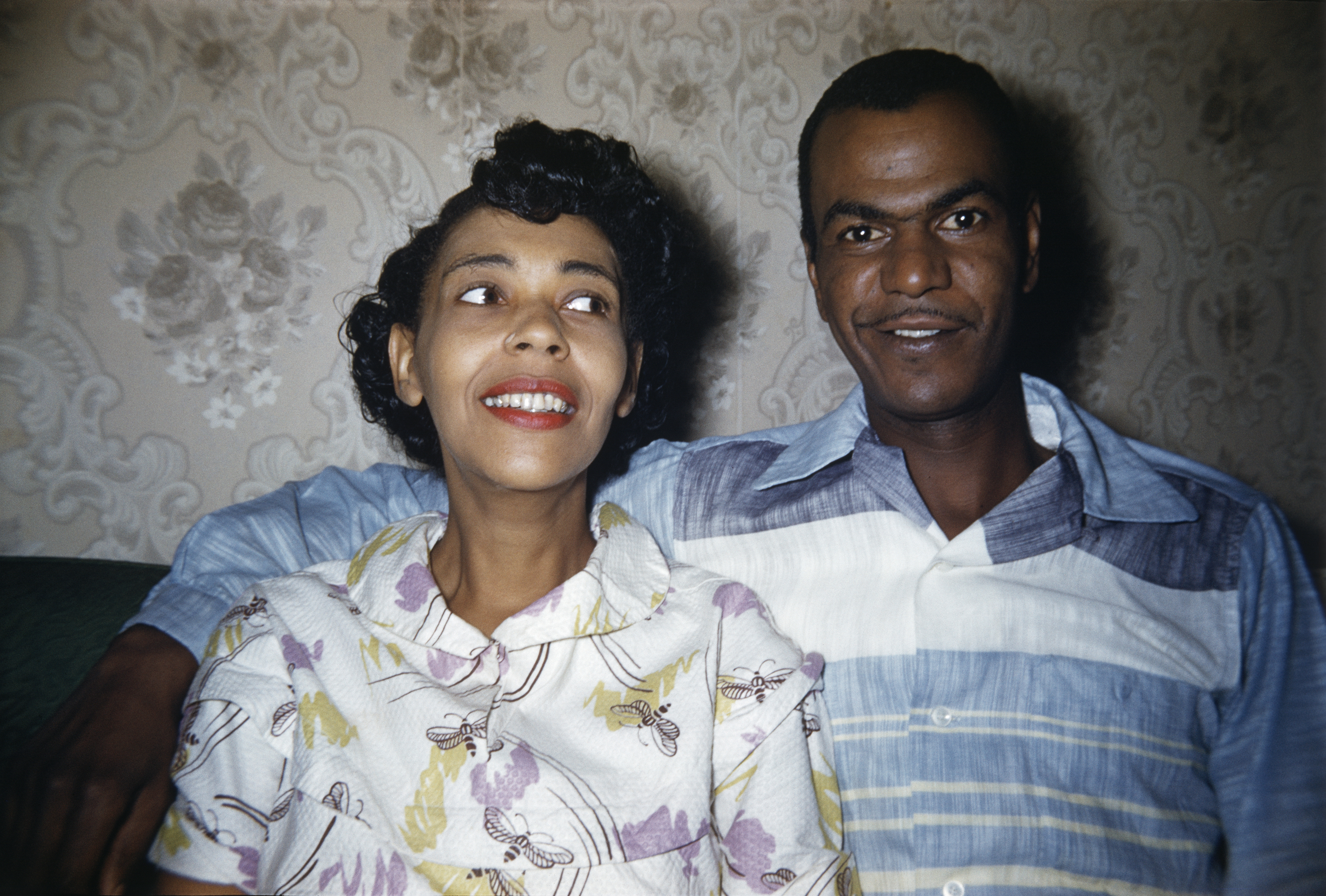 ‘Dressed to Impress’ captures the vivid world of everyday fashion in the 1950s and 1960s
‘Dressed to Impress’ captures the vivid world of everyday fashion in the 1950s and 1960sA new photography book from The Anonymous Project showcases its subjects when they’re dressed for best, posing for events and celebrations unknown
By Jonathan Bell
-
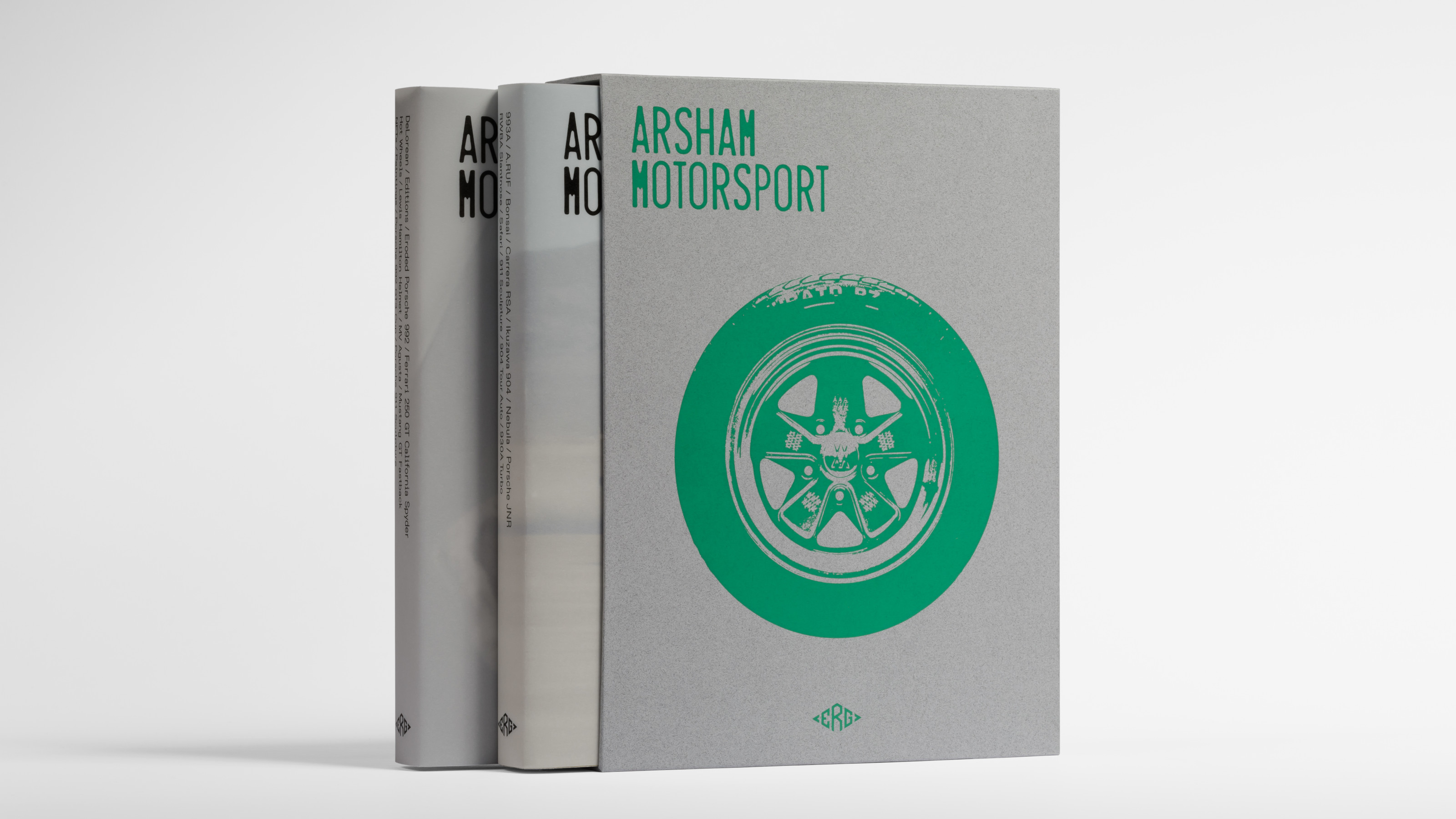 Daniel Arsham’s new monograph collates the works of the auto-obsessed American artist
Daniel Arsham’s new monograph collates the works of the auto-obsessed American artist‘Arsham Motorsport’ is two volumes of inspiration, process and work, charting artist Daniel Arsham’s oeuvre inspired by the icons and forms of the automotive industry
By Jonathan Bell
-
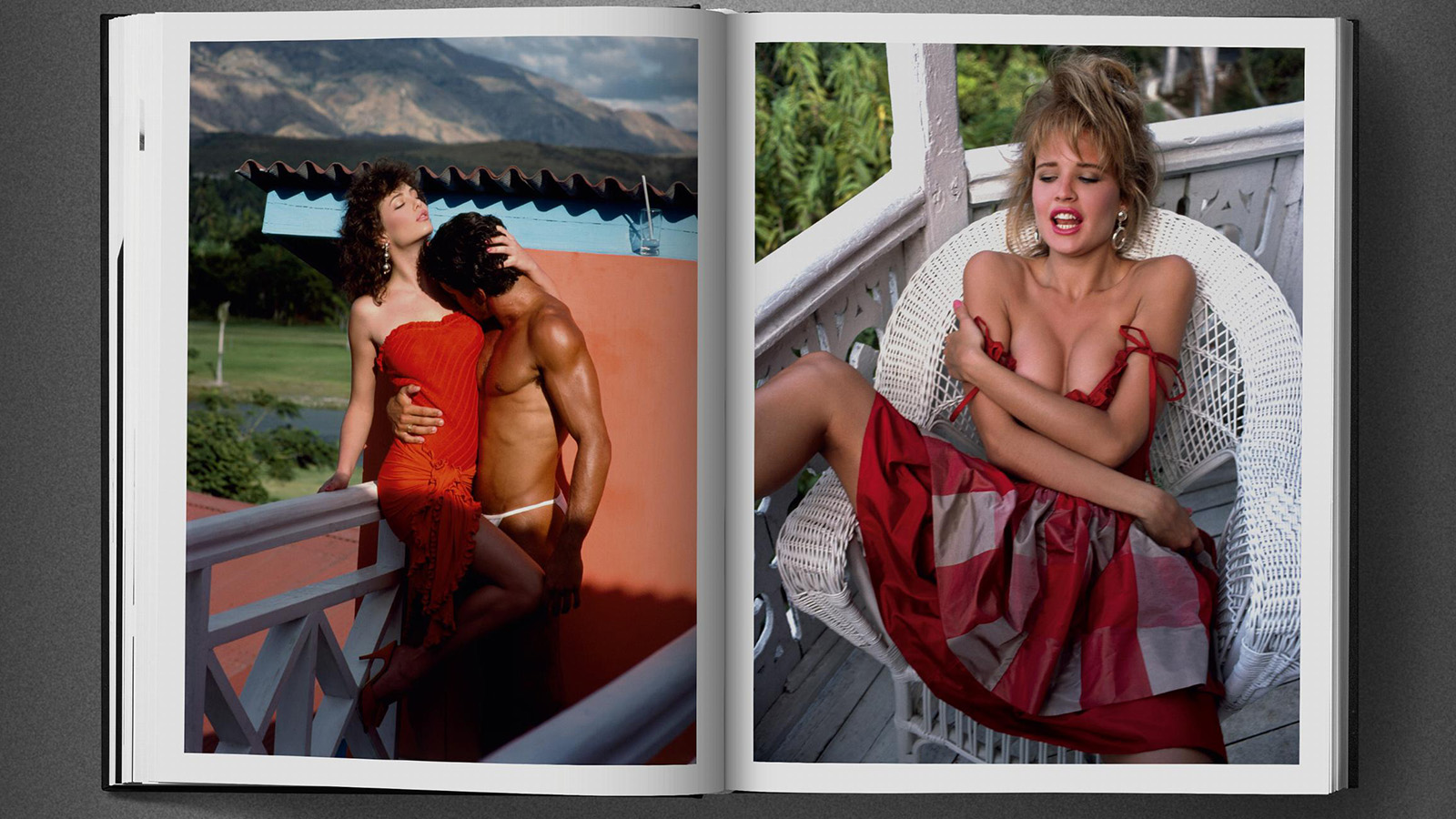 Era-defining photographer David Bailey guides us through the 1980s in a new tome not short of shoulder pads and lycra
Era-defining photographer David Bailey guides us through the 1980s in a new tome not short of shoulder pads and lycraFrom Yves Saint Laurent to Princess Diana, London photographer David Bailey dives into his 1980s archive in a new book by Taschen
By Tianna Williams
-
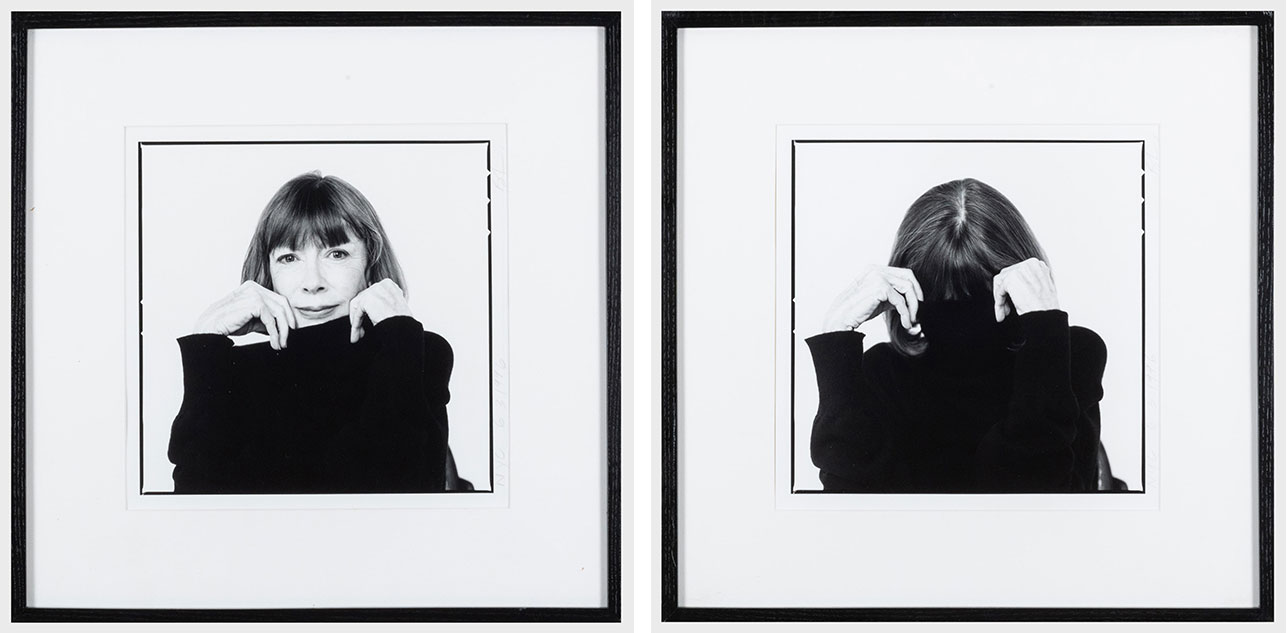 Inside Joan Didion’s unseen diary of personal relationships and post-therapy notes
Inside Joan Didion’s unseen diary of personal relationships and post-therapy notesA newly discovered diary by Joan Didion is soon to be published. Titled 'Notes to John', the journal documents her relationship with her daughter, husband, alcoholism, and depression
By Tianna Williams
-
 Carsten Höller’s new Book of Games: 336 playful pastimes for the bold and the bored
Carsten Höller’s new Book of Games: 336 playful pastimes for the bold and the boredArtist Carsten Höller invites readers to step out of their comfort zone with a series of subversive games
By Anne Soward
-
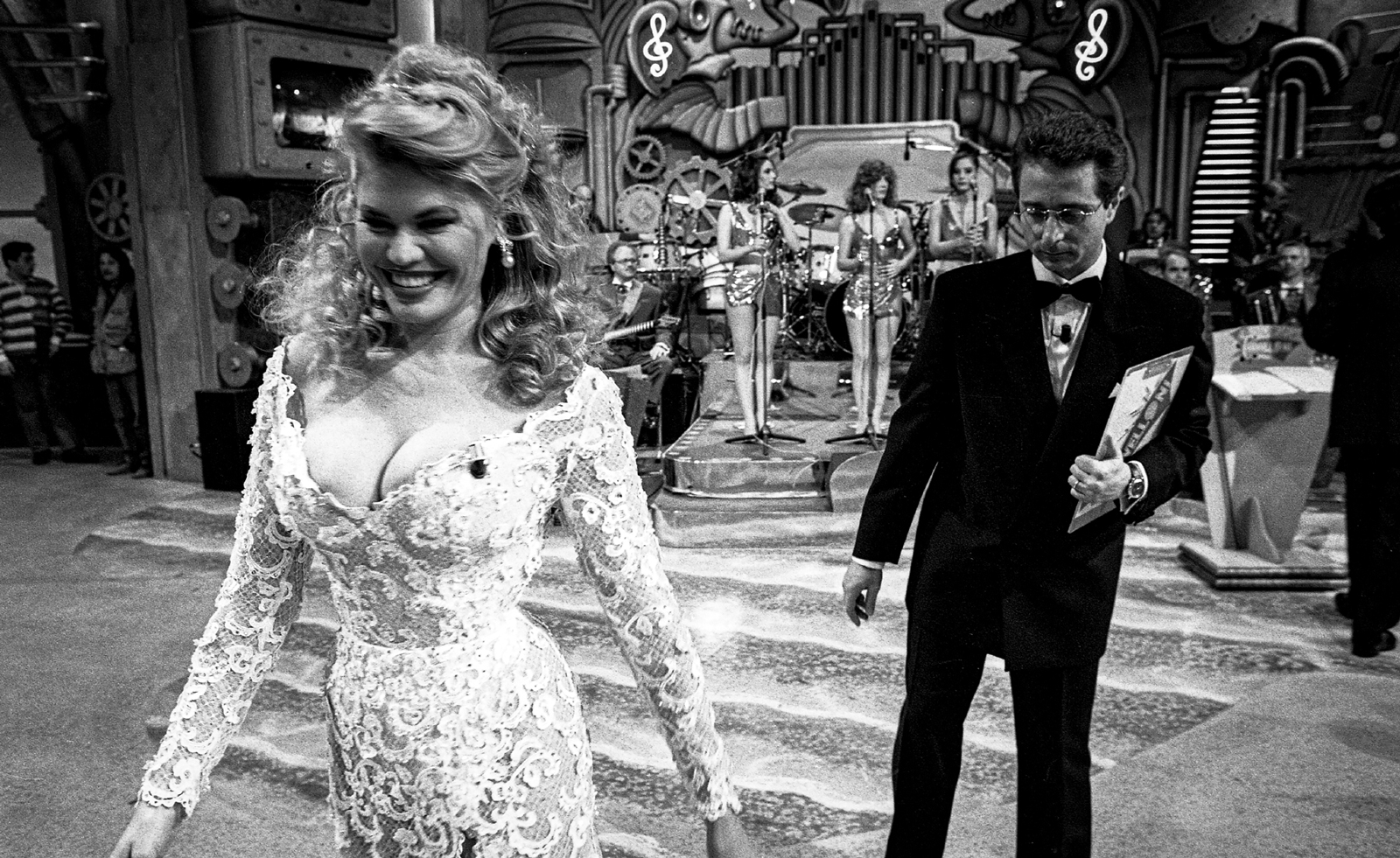 Distracting decadence: how Silvio Berlusconi’s legacy shaped Italian TV
Distracting decadence: how Silvio Berlusconi’s legacy shaped Italian TVStefano De Luigi's monograph Televisiva examines how Berlusconi’s empire reshaped Italian TV, and subsequently infiltrated the premiership
By Zoe Whitfield
-
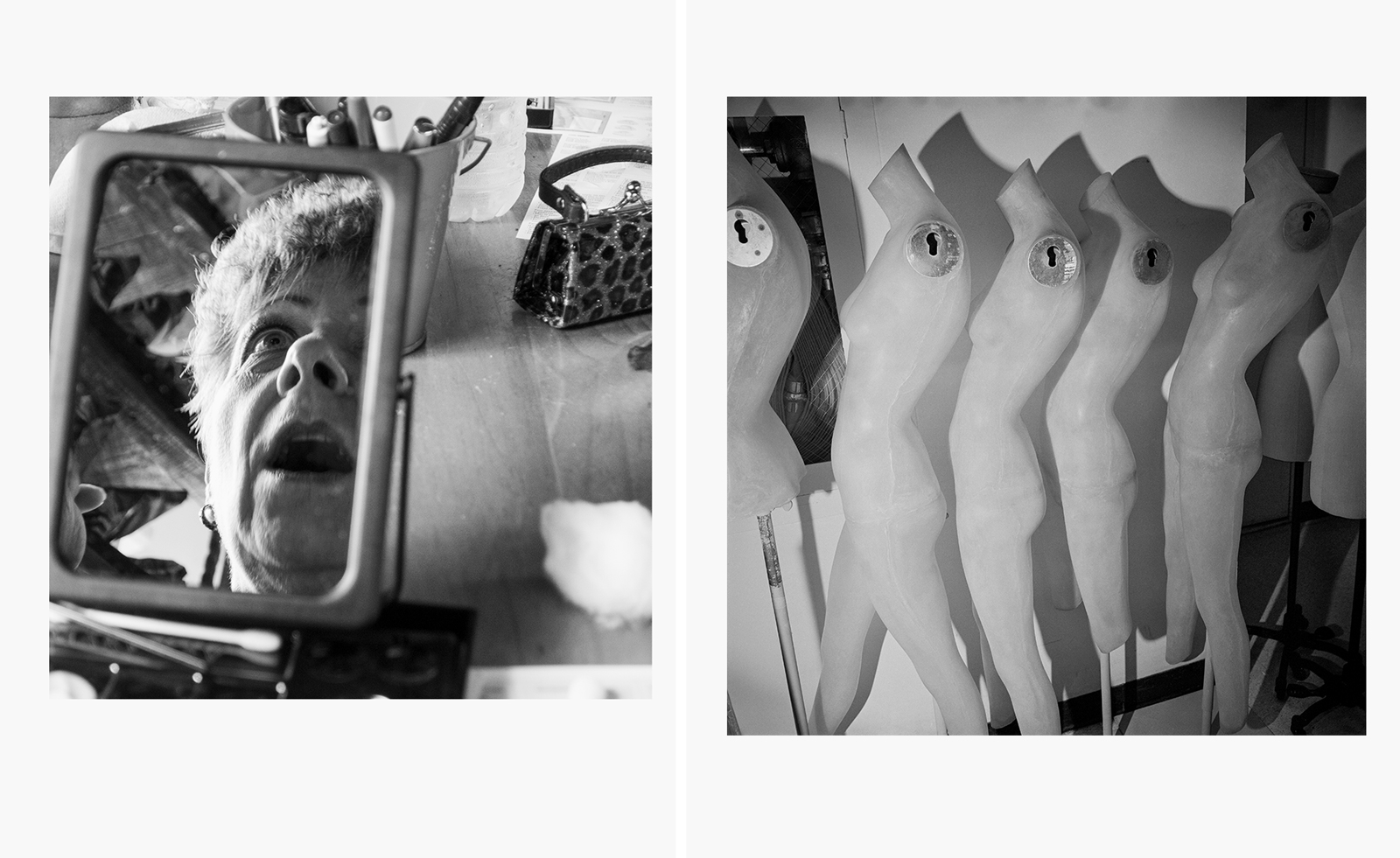 How a sprawling new book honours the legacy of cult photographer Larry Fink
How a sprawling new book honours the legacy of cult photographer Larry Fink‘Larry Fink: Hands On / A Passionate Life of Looking’ pays homage to an American master. ‘He had this ability to connect,’ says publisher Daniel Power
By Jordan Bassett
-
 New Jay-Z coffee-table book dives into the Brooklyn rapper's archives
New Jay-Z coffee-table book dives into the Brooklyn rapper's archives'Book of HOV: A Tribute to Jay-Z' is a hefty tome for a hefty talent
By Craig McLean